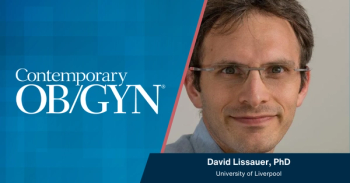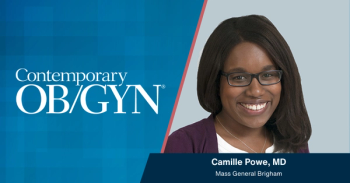
News: Preventing anal sphincter tears during delivery
Slower delivery of the infant's head and no pushing reduces anal sphinter ruptures.
Slowing delivery of the infant's head and instructing the mother not to push during passage of the head reduces the incidence of anal sphincter ruptures by about 70%, according to the results of a recent interventional cohort study.
Researchers from Norway studied over 12,000 vaginal deliveries occurring over a 5-year period. Slowing delivery of the infant's head by keeping a hand on it when it is crowning and by instructing the mother not to push as the head is delivered reduced the rate of anal sphincter tears from 4.03% to 1.17% (P<.001). The reduction was similar for instrumental deliveries (16.26%–4.90%; P<.001) and for noninstrumental deliveries (2.70%–0.72%; P<.001).
Only one 4th-degree tear occurred during the 18-month study period versus the 10, 13, and 11 that occurred per year during the period 2002 through 2004. And while the number of episiotomies increased from 13.9% in the years 2002 to 2004 to 23.1% during the first 9 months of the study period, the rate decreased to 21.1% during the last 9 months of the study.
Commentary by Sharon T. Phelan, MD,Professor of Obstetrics and Gynecology,University of New Mexico, Albuquerque.
Dr. Laine and associates approach theprevention of 4th-degree lacerations by avoidingactive maternal effort as the head crowns anddelivers as well as the use of a medial lateralepisiotomy (>20% rate). This is a differentapproach than currently encouraged in the USwith the avoidance/minimization of the use ofany episiotomy. The combination of the slowerrate of delivery with perineal support andavoidance of midline episiotomies is useful inprevention of 3rd- and 4th-degree lacerations.On a personal note, I would also encourage asimilar control of delivery speed or providingperineal support with the delivery of theposterior shoulder. I have found that to be thesource of a large laceration after a beautifullycontrolled delivery of the vertex.
Newsletter
Get the latest clinical updates, case studies, and expert commentary in obstetric and gynecologic care. Sign up now to stay informed.











